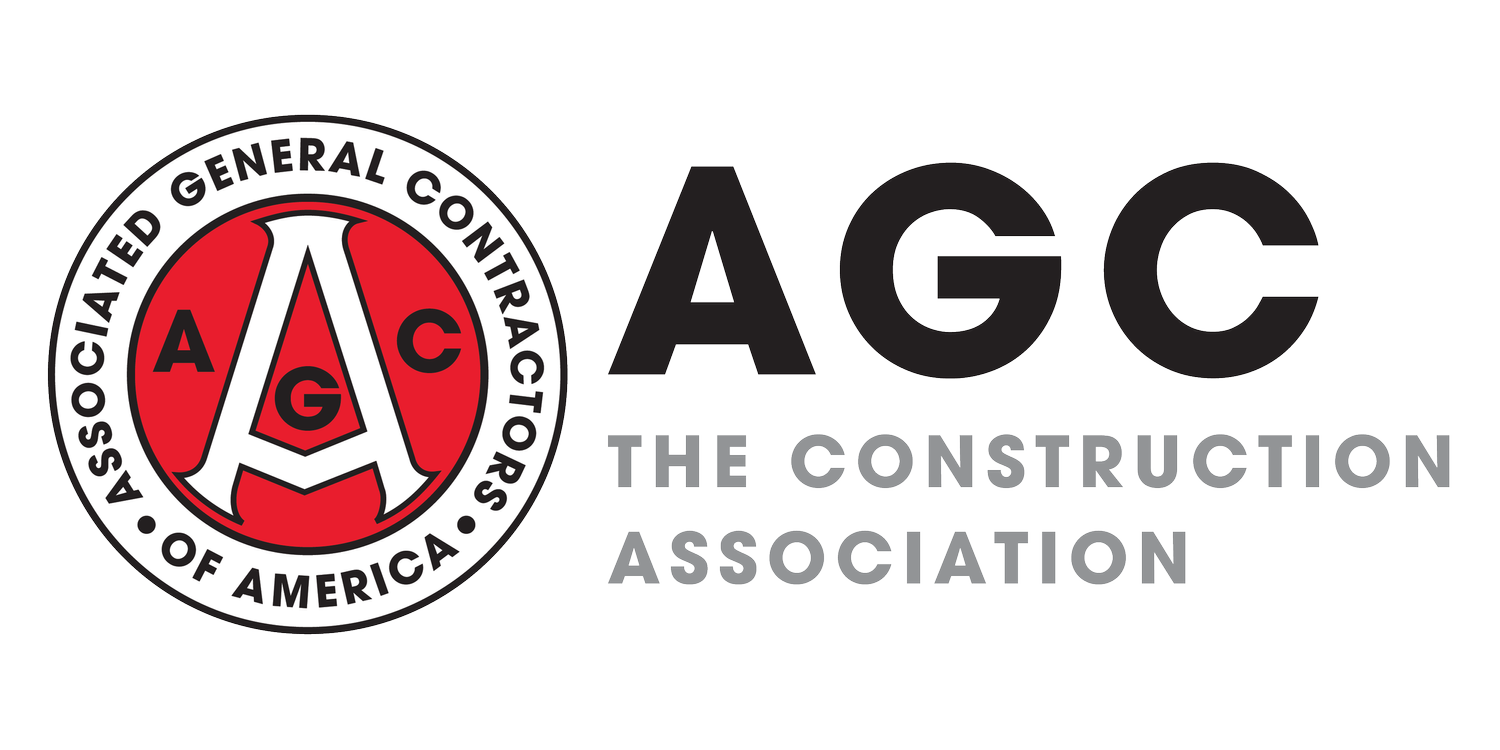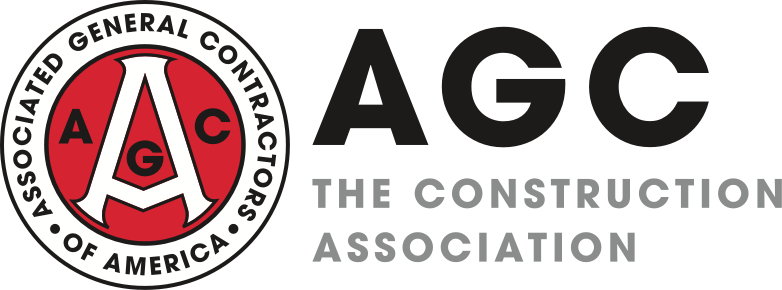1:1 Meetings are Not About Performance Feedback
BY A/E/C STRATEGIES
A Carolinas AGC Member
The competition is fierce. More specifically, the competition for talent in the construction industry is getting ever fiercer. The talent arms race is no longer a problem for just small- and mid-size firms. All companies, from the largest general contractor to the smallest specialty sub, are battling for the elusive talent that will allow them to meet current contract obligations, future projects and support growth. Employees are the lifeblood of any organization. A central question might be: Why are companies going to battle for talent in the 21st century with 20th century approaches?
At a recent conference, 100 professionals were asked if they had received a performance review within the past year. Only half of the individuals in the room indicated they’d received the bare minimum of a performance assessment. More problematic is that this group was comprised of professionals – project managers, administrators, estimators, schedulers and project control specialists. This question might yield an even smaller percentage of respondents if posed to employees working on the actual construction sites.
The follow-up question was even more revealing. The group that raised their hands were then polled as to whether they had a one-on-one (1:1) conversation with their manager within the past year. They were asked to discount individual project meetings, updates on team efforts, discussions of clients or projects to pursue. Hands slowly dropped. Only 10% were getting feedback on performance and had a 1:1 conversation. This is the 20th century approach to a 21st century problem.
Annual Vs. Ongoing Feedback
Distinguishing between performance feedback and development discussions is critical to understanding how the two come together to strengthen an organization. Considering performance feedback, some purport that a single, annual performance assessment is inadequate and a waste of time and money. Even the inclusion of a mid-year review only adds a little more efficacy. Feedback should be delivered throughout the year (near the time of the observed behavior) and include both positive and corrective comments. Annual reviews are generally heavy, freighted conversations that induce anxiety for both the manager and employee. Regular and consistent feedback enables an employee to make the small changes that keep them on track to meet and exceed expectations. A Gallup survey found that when managers provided weekly feedback, their employees were more engaged at work and motivated to deliver better results.
Conventional wisdom in the construction industry favors feedback from manager to employee, though not consistently or comprehensively. Clearly, the value of 1:1 conversations, as evidenced by the conference attendees, is not considered. It is important to recognize what 1:1 meetings really are, why they are crucial, when they should occur, who is responsible for them and questions that can be included (especially if you are a manager and don’t know where to start). If 1:1 meetings are considered a 21st century tool, remember that many in the management ranks began their careers in the 20th century and this may feel awkward, uncomfortable and unnecessary. What if having those conversations helps retain your team members, relieves the pressure to find replacement team members, eliminates the frustration of the inevitable learning curve and saves the organization HR and recruiting costs?
How to Get Started
Conducting a 1:1 conversation and getting comfortable will take some practice, just as if asked to pick up a new power tool. The first step is to understand the nature of a 1:1 discussion. Some include the conversation as part of the overall performance management approach. Others see the conversation as a purely development tool. A strong case can be made that feedback is different from building relationships and each deserves its own dedicated time and place. These conversations are focused on the employee, intended to build solid work relationships and support the growth and development of the team members. In many organizations, these conversations are between direct manager and employee. In others, the team member is encouraged to meet with a mentor, a manager’s manager or someone outside of their direct reporting line. Either approach will be beneficial so long as the conversations happen. Remember, the purpose is for the growth and development of the employee and trust is a critical element to ensure effectiveness.
The 1:1 conversations are crucial, particularly in a tight labor market, because they begin to raise the goals, desires, needs and attitudes of the individual team member. This is the opportunity to bring retention into greater focus and emphasis. Many companies assume that employees just want to follow the traditional career path. That assumption frequently discounts the differences between generations (Millennials differ from Baby Boomers) or the skill sets that people bring to the table. Engaging employees in conversation will build trust, create a partnership and boost productivity. A recent survey found that when employees felt they had a partner-like relationship, as opposed to a traditional boss, they reported greater satisfaction. Greater satisfaction and engagement are prominent parts of retaining productive team members.
The cadence or frequency of 1:1 conversations is a question that can be difficult to pinpoint. The best approach is to ensure regularity. Some organizations that already have a culture of feedback and development conversations have built the meetings into a manager’s job expectations. If that is not the case, beginning with monthly meetings that build to bi-weekly or weekly meetings may feel reasonable. The risk of trying to go from 0 to 60 (e.g., no meetings to weekly with all direct reports) can be overwhelming and lead to frustration and an abandonment of the initiative. The benefits of these conversations extend beyond the development of the individual employee. Both the business and manager benefit. With greater satisfaction and engagement, a business can expect more productivity, lower turnover and a positive impact on the bottom line.
The interesting shift in responsibility for the 1:1 is that the manager delegates that to the employee. As a manager, it is good practice to make your employee responsible for scheduling the meeting, identifying the topics of concern, creating the agenda and guiding the conversation. It is important to set the expectations up front and hold them accountable for follow through. In addition to the actual conversation about their personal development, it also sets the stage for their growth into a larger role and eventually having others reporting to them. There is a lot of truth to the adage that “everyone has a boss.” Even if you are managing a team and have gotten your team to accept the responsibility of managing the process, you have your own set of responsibilities in managing the process with your manager, leader or mentor. This is truly a “talk the talk and walk the walk” opportunity. Development and engagement are not concepts relegated to junior level employees.
Jumping into a 1:1 meeting without some preparation or tools at your disposal can feel like entering a battle unarmed. Here are some questions to keep in your back pocket as you begin getting requests for time on your calendar:
With new team members
What are your professional aspirations?
What gives you energy or drains it?
How can I help you if you feel stuck or frustrated?
What are you looking forward to with this project/role?
How will I know if you are engaged? Struggling?
In a skip-level meeting:
What are you proud of accomplishing in your current role?
Where do you see areas of improvement for yourself, your team, the company?
How do you feel about your place in the company?
What additional support could you use?
How can we help you feel more satisfied or engaged?
For growth and development:
Are there areas you would like to develop further?
What obstacles do you see to achieving your goals?
What part of your role do you enjoy the most?
What do you find frustrating or boring?
If possible, what one task would you love to eliminate?
In thinking about your company, the importance and benefits of regular and thoughtful 1:1 meetings, up and down the organization, are varied and quantifiable. It is time for some approaches that are routinely used in other industries to be embraced by the construction industry. The current economic and industry dynamics will only become more challenging. The organizations that can adapt, pivot and implement new strategies to engage, support, develop and retain their talent are the organizations that will thrive and grow.


